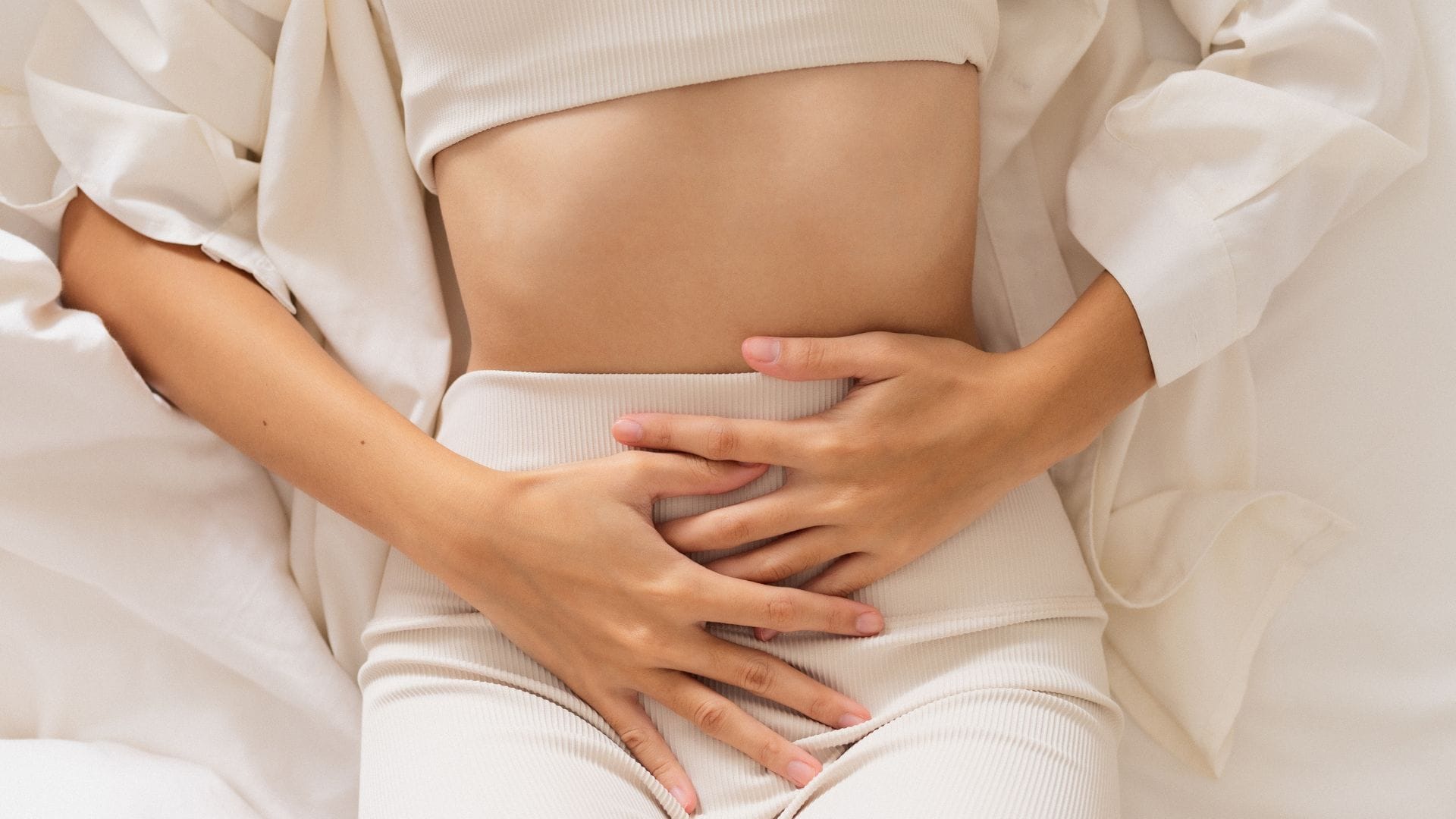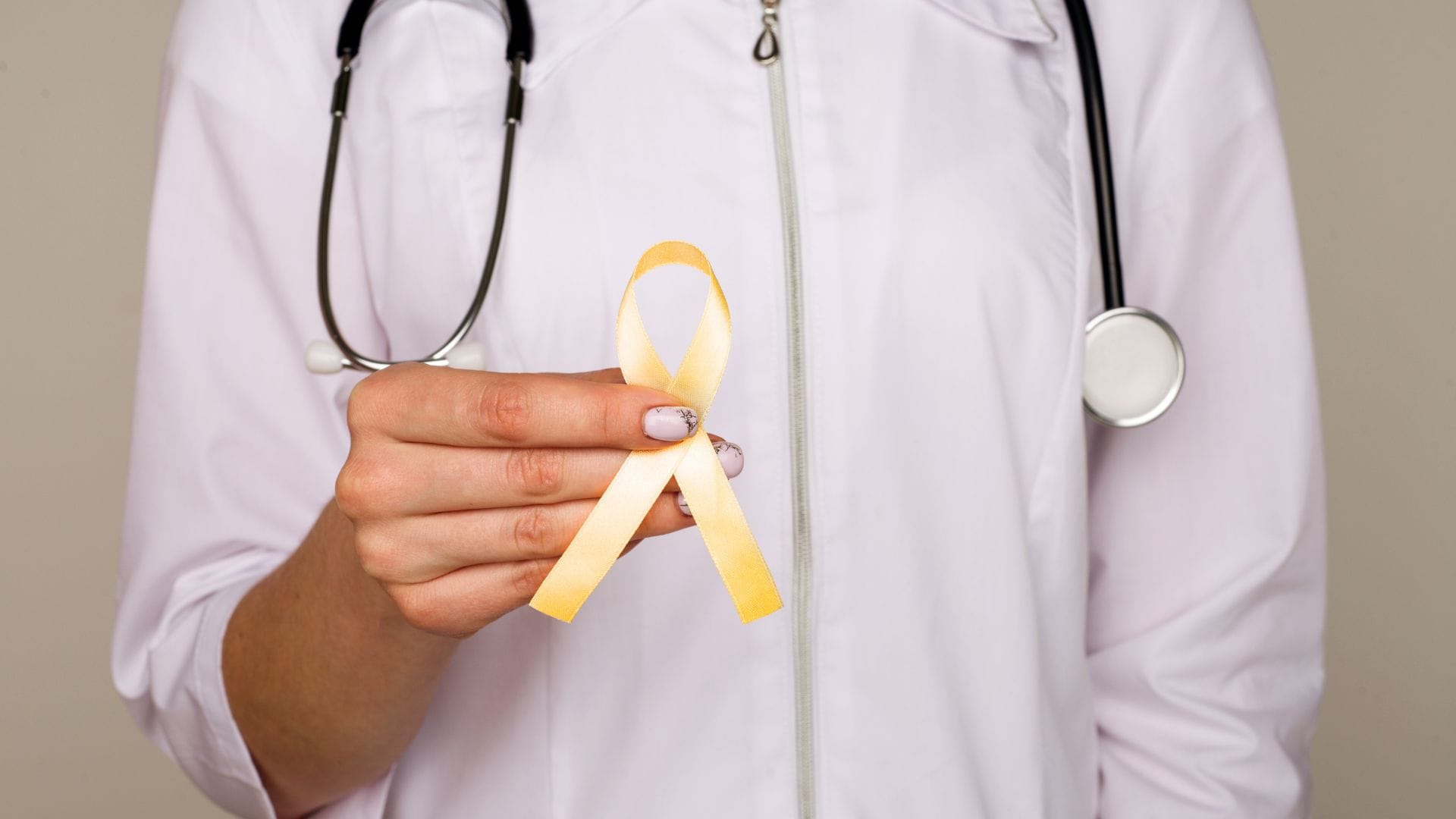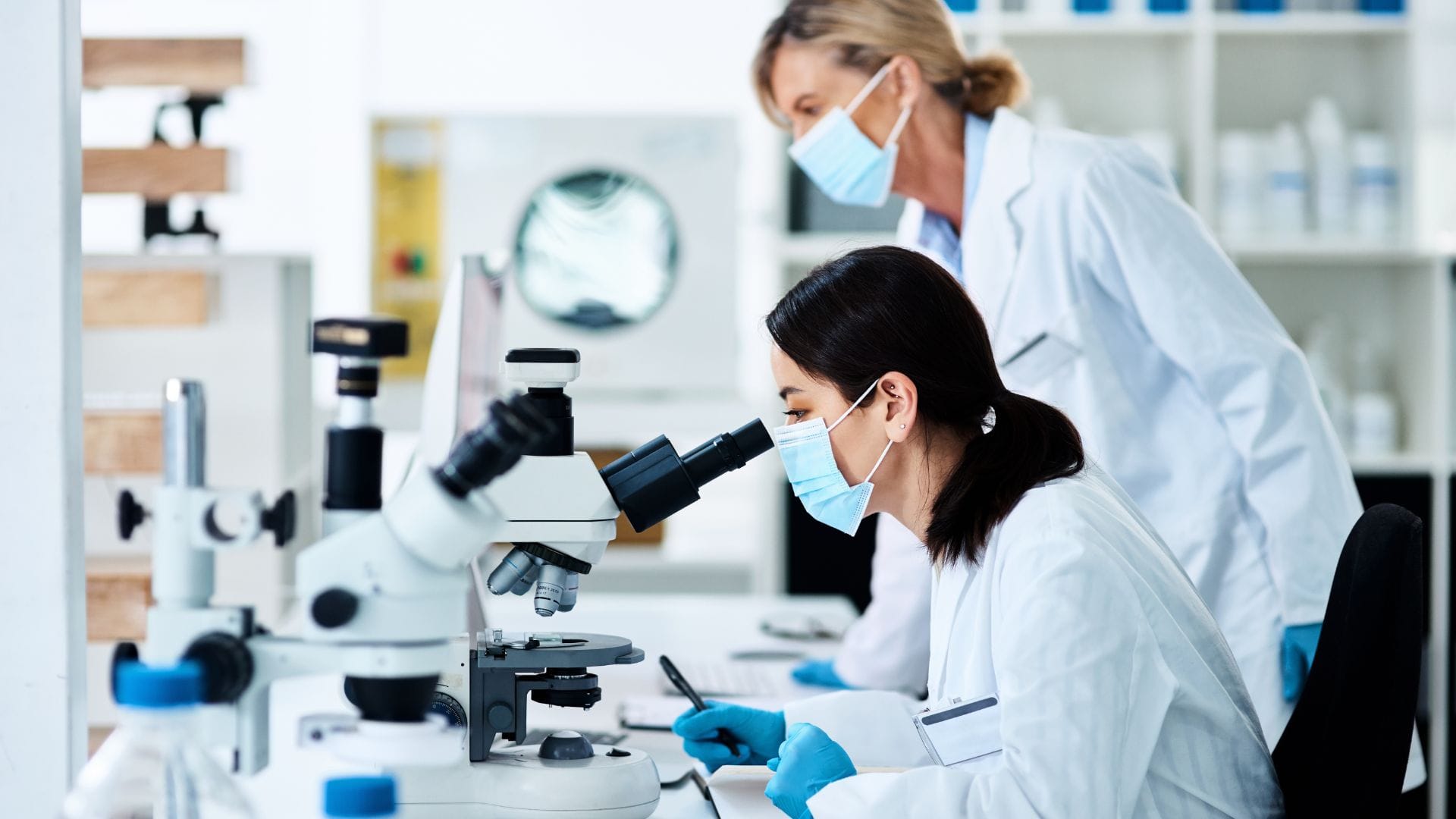March marks Endometriosis Awareness Month, an important time to shed light on a condition that affects 1 in 10 women and individuals assigned female at birth. Despite its prevalence, endometriosis remains misunderstood and underdiagnosed, leaving many to endure years of pain before receiving proper medical care.
Endometriosis occurs when tissue similar to the uterine lining grows outside the uterus, leading to chronic pain, heavy periods, and fertility challenges. The impact extends beyond physical symptoms, affecting mental health, relationships, and daily life.
This article explores the signs, symptoms, diagnosis process, treatment options, and ways to raise awareness, providing support and information for those affected by endometriosis.
What is Endometriosis?

Endometriosis is a chronic condition where tissue similar to the uterine lining grows outside the uterus. Unlike menstrual tissue, this tissue cannot exit the body, leading to inflammation, scarring, and pain.
It affects 1 in 10 women and individuals assigned female at birth, often impacting fertility, digestion, and daily life. Symptoms range from mild discomfort to debilitating pain, affecting work, relationships, and mental health.
Despite its prevalence, endometriosis is frequently misdiagnosed, delaying treatment and support.
Common Signs and Symptoms of Endometriosis

Endometriosis symptoms vary, but chronic pelvic pain is a key indicator. This pain may occur:
- Before or during periods – Often more intense than normal cramps.
- During ovulation or continuously – Pain can persist throughout the cycle.
Other symptoms include:
- Heavy or irregular periods, leading to fatigue.
- Pain during or after sex.
- Bowel or bladder discomfort.
- Bloating, nausea, and lower back pain.
Since symptoms overlap with other conditions, misdiagnosis is common, delaying proper care.
How Endometriosis is Diagnosed

Diagnosing endometriosis can take years due to symptom overlap with other conditions and a lack of awareness.
Doctors typically begin with:
- Patient history – Discussing pain, menstrual patterns, and other symptoms.
- Pelvic exams and ultrasounds – Can detect cysts but cannot confirm endometriosis.
The only definitive endometriosis diagnosis is through laparoscopy, a minimally invasive surgery to identify and remove endometrial tissue. Long waiting times for this procedure add to the emotional and physical toll of the condition, making symptom management essential while awaiting diagnosis.
Understanding the Impact of Endometriosis

Endometriosis affects both physical and mental health, often disrupting daily life.
Physical Effects
- Chronic pain, fatigue, and digestive issues can limit mobility and energy levels.
Emotional and Mental Health
- Anxiety and depression are common due to persistent symptoms and delayed diagnosis.
Social and Work Challenges
- Work absences and relationship strain can make navigating life more difficult.
- Stigma and misinformation can leave people feeling unheard.
Support from loved ones, medical professionals, and the community is essential in managing the condition.
Treatment Options for Endometriosis

While there is no cure for endometriosis, various treatments can help manage symptoms and improve quality of life. Pain relief is often the first step, with over-the-counter medications and heat therapy providing temporary comfort. For those experiencing heavy menstrual bleeding, seeking a heavy period treatment can help regulate symptoms and reduce fatigue.
Hormonal treatments, including the contraceptive pill, progestins, and GnRH agonists, can help suppress endometriosis-related pain by controlling hormone levels. However, these treatments do not work for everyone and may come with side effects. For those requiring surgical intervention, laparoscopy remains the gold standard. This procedure removes endometrial tissue, though symptoms may return over time.
Beyond conventional treatments, some people explore complementary therapies such as physiotherapy, acupuncture, and dietary changes to reduce inflammation and improve overall well-being. Managing associated conditions like acne can also be beneficial, and options such as acne treatment may support hormonal balance. In many cases, a multi-faceted approach combining medical treatment, lifestyle changes, and ongoing medical support is key to effectively managing symptoms. Those struggling with significant period pain can explore period pain treatment options to find additional relief.
Living with Endometriosis: Coping Strategies

Managing endometriosis involves a combination of self-care and lifestyle adjustments:
- Pain relief – Heat therapy, gentle movement, and relaxation techniques.
- Diet and hydration – Anti-inflammatory foods and plenty of water.
- Tracking symptoms – Keeping a diary helps with medical appointments.
- Advocating for care – Seeking specialist support when needed.
- Mental health support – Therapy, mindfulness, and online communities can provide reassurance.
With the right strategies, many people find ways to better manage their symptoms and daily life.
Support Resources for Endometriosis Patients

Finding support can make managing endometriosis easier. Helpful resources include:
- Endometriosis UK – Offers helplines, local support groups, and online forums.
- Social media communities – Provide connection and shared experiences.
- Charities and organisations – Offer educational resources and advocacy.
- Mental health support – Therapy, mindfulness apps, and peer support groups.
- Loved ones – Educating family and friends can foster better understanding.
No one should face endometriosis alone—help is available, and support makes a difference.
How to Raise Awareness During Endometriosis Awareness Month

Raising awareness helps improve understanding, diagnosis, and support for those with endometriosis. You can:
- Share personal experiences to help others feel less alone.
- Join social media campaigns using hashtags like #EndometriosisAwarenessMonth.
- Support charities through donations, volunteering, or fundraising.
- Encourage conversations at work, school, and in the community.
- Advocate for better research and medical education to improve diagnosis times.
Every action, big or small, helps challenge stigma and push for better care.
Advancements in Endometriosis Research

Research into new treatments and diagnostic tools is offering hope for those with endometriosis. Scientists are exploring non-hormonal therapies to manage symptoms with fewer side effects.
Advances in AI and biomarkers may lead to faster, less invasive diagnosis, reducing the need for surgery. Improved imaging techniques are also being developed to detect endometriosis earlier.
Increased awareness and funding are driving research efforts, helping improve treatment options and patient care. Continued advocacy is essential to push for better understanding, faster diagnosis, and more effective treatments.
Breaking the Stigma: Why Awareness Matters
Endometriosis is often dismissed, leading to delayed diagnoses, stigma, and inadequate support. Many people are told severe period pain is normal, preventing them from seeking help.
The lack of awareness and education affects workplaces, relationships, and mental health. Misconceptions, like pregnancy being a cure, only add to the frustration.
By sharing experiences, educating others, and advocating for better healthcare, we can challenge misinformation and ensure those with endometriosis are heard, believed, and supported.
Endometriosis is a serious yet often overlooked condition that affects millions. The delays in diagnosis, limited treatment options, and ongoing stigma make awareness essential. For those living with endometriosis, seeking medical care, symptom management, and support networks can help improve their quality of life.
If you’re struggling with symptoms and need guidance on treatment options, you can arrange a video consultation to discuss your concerns with a healthcare professional. For further questions or support, don’t hesitate to contact us—we’re here to help.
By continuing to raise awareness, challenge misinformation, and advocate for better care, we can work towards a future where endometriosis is recognised, understood, and treated with the urgency it deserves.


